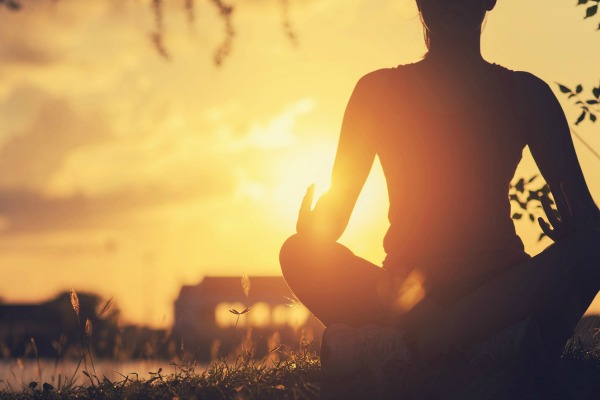
Written by Lauren Weaver, RYT 200
While it may be uncomfortable to confront the topic of pelvic floor health, it is an important subject of concern for women in particular. The pelvic floor is comprised of layers of musculature at the base of your pelvis that serve many functions, including organ support, bladder and bowel control, childbirth, sexual pleasure and intraabdominal pressure.
Daily life and large events such as childbirth can result in either weak muscles or overly engaged muscles. Both of these can lead to a series of problems. Let’s look at how we can avoid pelvic floor issues by integrating mula bandha into our life.
The Bandhas
The bandhas, defined as bonds or body locks, are specific engagements of interconnected musculature that are practiced in yoga for their own benefits as well as for the benefits they provide when integrated with other poses. Three bandhas are widely practiced. Jalandhara bandha involves the neck and upper spine; uddiyana bandha involves the diaphragm and lower abdomen; and mula bandha involves the muscles of the pelvic floor.
In the context of this article, mula bandha is the most important bandha and has even been recommended as an alternative approach to Kegels, the exercise also intended to help strengthen pelvic floor muscles, though it often narrowly focuses on the muscles that control urination.
Pelvic Floor Breathing Exercise
Try the following exercise for your pelvic floor muscles, alternating engagement with relaxation. You don’t even need to wear gym clothes for this one.
- Sit upright in a comfortable position. You might be in a chair or on the ground with legs crossed, bent in front of you or tucked under your body.
- Establish stability in the hips and let your spine lengthen through the crown of your head.
- Slow your breath and find evenness in your inhalations and exhalations. Let your belly billow in and out with the breath.
- Bring your awareness to the area at the base of your pelvis between the two sitz bones that are pressing down into your surface and the pubic symphysis, the bony knob at the front of your pelvis. These three points form a triangle.
- To engage the pelvic floor muscles with mula bandha, draw the three points of the triangle closer together. The bony landmarks will not actually move. If you feel an engagement that spans the urethra, vagina and anus, you are engaging your pelvic floor muscles. Draw this engagement upward and inward deep into your torso.
- It is important to also let the musculature relax. With an inhalation, as your belly billows out, let the musculature release.
- Once you can feel the engagement and relaxation, sync these with your breath. With exhalations, engage the pelvic floor musculature and, with inhalations, release the engagement for relaxation.
- Recommendations about how long and how often to practice this vary, but you might begin with 10 breath cycles of engagement and relaxation. Consult your doctor for advice tailored to your body.
Explorations:
- Try holding the engagement of mula bandha for progressively longer periods of time. Be sure to follow this with a deep relaxation.
- Iterate through a series of quick cycles of engagement and relaxation.
- When you engage the pelvic floor musculature, can you sense the upward pressure on the abdomen?
- As you relax musculature, do you feel the contents of your abdomen pressing down on the hammocked muscles?
Cautions:
If you are experiencing any pelvic floor dysfunction, consult your health care provider. This dysfunction may take the form of incontinence, pelvic organ prolapse, abnormally weak orgasms, vaginal pain during sex, constipation, ache in the pelvis and more. It is not uncommon in yoga practice to keep a constant engagement of mula bandha during a yoga asana class. It is important to counter such engagement with relaxation.
Fill Out This Form to Receive a Free Information Kit
Ready to Apply?
Why Us? Watch this video:
GET THE DETAILS
Fill out this form now to receive more information.
Lexington Healing Arts Academy
272 Southland Drive
Lexington, KY 40503
Download our FREE App!
Massage Clinic:
(859) 252-5656
Yoga Studio:
(859) 252-5656 x 31
Admissions & Financial Aid:
(859) 252-5656 x 25
Workshops:
(859) 252-5656 x 30
Join Our Social Media Communities
MASSAGE
YOGA
